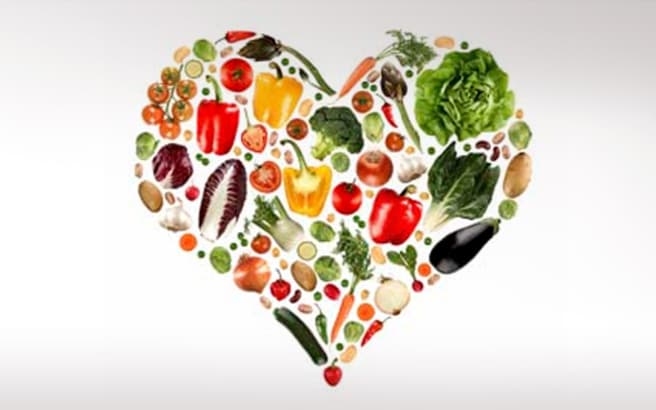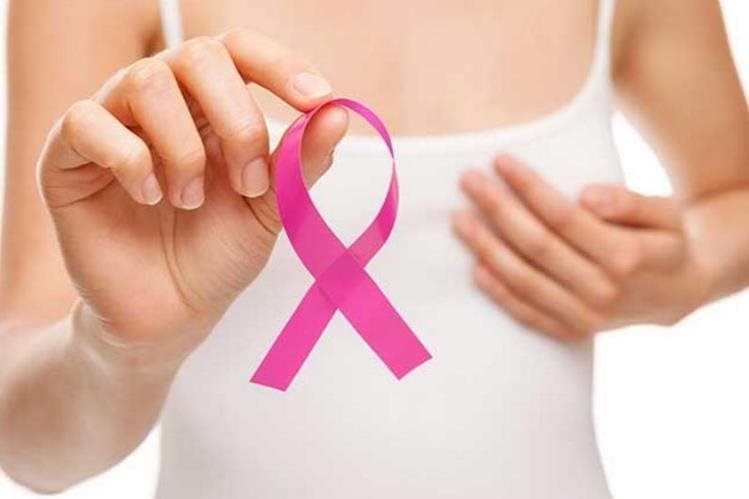CHOLESTEROL-LOWERING FOODS
Stress, heredity, poor diet, smoking, and obesity lead to higher levels of cholesterol and triglycerides, increasing the risk of cardiovascular disease.
Let’s meet the allies of our heart!
Oats
Oats serve as cereal rich in fibers, B-complex vitamins, proteins and antioxidants. Start your day with a healthy breakfast that includes 2 servings of oats (1 serving = 45 g) on a daily basis. Add fruits, nuts, dried fruits and/or dark chocolate chips and enjoy!
Studies have shown that this amount of oats can reduce LDL cholesterol levels by 5% in just six weeks.
Red wine
Research has shown that red grapes are rich in fibers, which contribute significantly to lowering the cholesterol levels.
One glass of wine with your lunch or dinner can improve HDL cholesterol levels.
Salmon and fatty fish
Omega-3 fatty acids help reduce cardiovascular disease. A diet rich in omega-3 fatty acids can reduce the harmful lipids in the body, such as cholesterol and triglycerides, and increase “good” cholesterol (HDL) levels. According to research, replacement of saturated fats with omega-3 fatty acids such as those found in salmon, sardines, and herring, can increase good cholesterol levels by up to 4%.
Nuts
If you want to reduce your cholesterol levels, it might be a good idea to include a handful of nuts in your daily diet. According to a study published in the American Journal of Clinical Nutrition, people who consumed 42 grams of walnuts, six days per week for one month reduced their total cholesterol by 5.4% and LDL cholesterol by 9.3%. Almonds and cashews are also good choices.
However, while nuts are good for a healthy heart, they also have high calorie content. As regards the amount, 10-15 medium-sized nuts are a good suggestion to reduce your cholesterol.
Legumes
Legumes, and especially beans, are rich in soluble fibers that help reduce cholesterol. According to research, it has been found that consumption of one cup of any legume per day can reduce cholesterol by up to 10% in just six weeks.
Green & black tea
Green tea has become widely known for its antioxidant properties, but is also a weapon in the fight against high LDL cholesterol. More specifically, the consumption of green tea seems to reduce “bad” LDL cholesterol without affecting the levels of “good” HDL cholesterol. In another study, black tea was shown to reduce blood lipids by up to 10% in just three weeks.
Consume 1 cup of coffee per day and replace the rest of them with green or black tea.
Dark chocolate
Dark chocolate is a strong antioxidant that can reduce LDL, i.e. the “bad” cholesterol in your blood.
Compared to milk chocolate, dark chocolate has 3 times more antioxidants that help prevent clogging of the arteries.
Margarine
Vegetable margarine is a tasty and easy-to-use food that meets modern day dietary requirements, both in heart protection guidelines as well as in the general promotion of health. Margarine is rich in plant sterols that drastically reduce cholesterol.
Replace butter with vegetable margarine or olive oil, taking into account the higher caloric cost.
Spinach
Spinach, as most green leafy vegetables, contains lutein, a substance that protects us from heart attack by keeping the arteries free from cholesterol. Half a cup of spinach per day is all it takes to keep your cholesterol at bay. For better absorption of lutein, add 1 teaspoon of olive oil.
Avocado
Avocados are a rich source of monounsaturated fatty acids, a type of fat that can actually help increase HDL cholesterol levels and reduce LDL. Avocados are also rich in beta-sitosterol, a substance that has been proven to contribute in the reduction of LDL “bad” blood cholesterol.
However, avocados are high in calories and fat (300 calories and 30 grams of fat per avocado) and must therefore be consumed in moderation.
Garlic
Garlic has been found to lower cholesterol, prevent the forming of blood clots, reduce blood pressure, and protect against infections. It also helps to prevent vascular clogging due to atherosclerotic plaque forming on the vessel walls.
Olive oil
Olive oil is a rich source of monounsaturated fatty acids. Moreover, unlike other types of oil, olive oil does not need to be chemically treated. As most fats, olive oil has a high caloric content. Even so, due to its tendency to reduce cholesterol levels, olive oil is a healthy alternative to saturated fats such as butter, palm oil and certain vegetable oils. In terms of consumption, two tablespoons a day are enough to reap the benefits for your health, and especially for your heart.
Eva Makri
Clinical Dietician – Nutritionist







